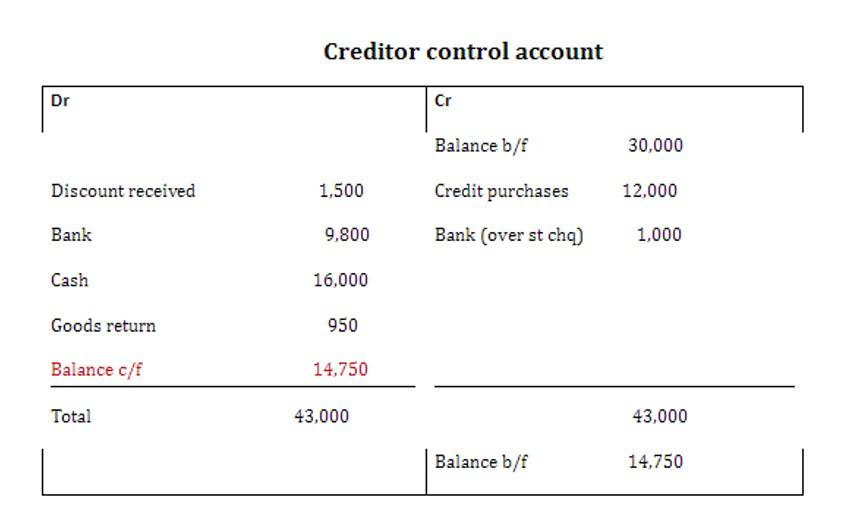
Historical forest area changes and wood harvest biomass were driven by exactly the same data used in HN2017 for different geographical regions of the world (see Supplementary Figs. 1 and 2; more details are provided in Supplementary Note 1). When agricultural area changes could not be matched by changes in forest imposed by HN2017, they were implemented unearned revenue as transitions with natural grassland. To ensure the comparability with the HN2017 bookkeeping model, we implemented the same LUC parameterizations in ORCHIDEE. Please refer to Supplementary Table 1 for details in association with various ELUC flux components.
Lower land-use emissions responsible for increased net land carbon sink during the slow warming period
- Note that in the experiments without harvest, the cumulative net LULCC flux from harvest is not zero because a small contribution of transitions from primary to secondary land due to rangeland expansion is counted as harvest.
- 3 similarly shows that the cumulative net LULCC flux in the LO scenario (filled circles) exceeds the values in the HI scenario (crosses), and that REG (horizontal dash) and LO produce more similar cumulative net LULCC fluxes.
- Compared to total wood harvest, the contribution of harvest changing cover type from primary to secondary land is relatively small.
- It should be noted, however, that specific transitions and prevalence of specific PFTs in certain regions prohibits generalising this statement.
- Consequently, individual flux components of ELUC cannot be resolved, making it impossible to reconcile the ELUC estimates between DGVMs and bookkeeping models16.
- These neglected transitions on primary land can induce omissions of follow-on LULCC activities if the required land-use type is not available since transitions are only executed in BLUE if the “from” type is present.
However, to our knowledge, no studies have ever examined the role of human land use and management, in contrast to that of natural intact land, in driving the IAV of Snet, despite the fact that land use and management exert increasing influences on the terrestrial carbon cycle8. Figure 1Schematic description of the BLUE model set up and of the changesmade in each of the factorial simulations (highlighted in blue boxes andsummarised in Table 2). The model is forced by a map of grid-cell-level land-use transitions occurring at time t (gross vs. net).
- Developed the ORCHIDEE model combining LUC with the cohort functionality, performed the simulation, and analyzed all results.
- SIntact shows a spatially more uniform and diffuse sink of atmospheric CO2, driven by environmental changes (Fig. 2b).
- However, these changes would also bring down FLUC estimates in many regions that were not deemed too high in FLUC based on the constraint by observations.
- SSP4 describes an inequality scenario with low challenges to mitigation and high challenges to adaptation.
- There is currently a dearth of evidence directly supporting this claim, which we see as an opportunity for future research.
Surprising stability of recent global carbon cycling enables improved fossil fuel emission verification

In most regions, HI1700 produces a smaller cumulative net LULCC flux than REG1700 and the cumulative flux is generally larger in LO1700 than REG1700. However, there are large coherent areas over Central and North America and northern Europe/Asia with reduced cumulative net LULCC flux in LO1700 compared to REG1700. Figure 2Global cumulative net LULCC flux since the start of the individual simulations.
1 Constraining C densities

Such models are forced with land-use reconstructions, and built upon fixed carbon densities and temporal response curves for different ecosystems following a land-use transition. Bookkeeping models excel in explicitly tracking land cohorts with different ages and resolving all ELUC component fluxes, but any effects of environmental changes and climate variations are excluded. In IPCC AR5 and until recently in the GCP carbon budget14, SIntact was thus quantified as a residual term of the global carbon balance (the bookkeeping and residual budget approach, see “Methods” section), absorbing all the potential biases in ELUC estimated by bookkeeping models. The parameters that lead to larger differences in global FLUC are the C densities (SHNCdens, Fig. 2, dark red) and the allocation rules (SHNAlloc, yellow), while changing the decay times have small effect.
We conduct 39 historical (from 850, 1700 or 1850 until 2015) and 12 future (2015–2100) simulations to quantify the relative importance of the uncertainty in the LULCC dataset on the historical net LULCC flux with respect to other common uncertainties. Although land-use states are available until 2015 and 2100, the net LULCC flux based on the temporal change in carbon pools can only be calculated until 2014 and 2099, respectively. In all experiments, the model is run https://www.bookstime.com/articles/what-is-accountancy at the spatial resolution of the LUH2 dataset (0.25∘×0.25∘) with an annual time step.

A recent study estimated the global secondary forest sink as 1.30 (1.03–1.96) Pg C year−1 for 2001–2010 by assuming 61.4% of the total forest area23. Adjusting secondary forest to the same percentage in our study yielded a carbon sink of 1.69 Pg C year−1, being roughly consistent with the estimate of Pugh et al.23 (Supplementary Note 5). This carbon sink over secondary forest also compares favorably with the ~1.1 Pg C year−1 carbon sink over managed forests by including most countries of the world using forest inventory data, which were compiled recently by Grassi et al.18. Understanding the driving mechanisms of the interannual variability (IAV) of the net land carbon balance (Snet) is important to predict future climate–carbon cycle feedbacks. Past studies showed that the IAV of Snet was correlated with tropical climate variation and controlled by semiarid vegetation. But today’s land ecosystems are also under extensive human land use and management.
When and how: A structure learning model of stereotype change
Under accrual accounting, the construction company would recognize a bookkeeping model percentage of revenue and expenses corresponding to the portion of the project that was completed. How much actual cash is coming into the company, however, would be evident in the cash flow statement. This method would show a prospective lender a much more complete and accurate picture of the company’s revenue pipeline.

China’s carbon sinks from land-use change underestimated

8 is that group membership errors during memory retrieval will be more likely for individuals in regions of overlap between stereotypes (i.e., near category boundaries), and therefore (by Eq. 9) accentuation effects will be weaker in these regions. Consistent with this hypothesis, Krueger and Rothbart (1990) showed that increasing the variance of the trait distribution resulted in more memory errors, and that excluding miscategorized individuals resulted in stronger accentuation effects. A second implication is that increasing memory noise (τ) should weaken accentuation by blurring the memories of individual group membership.
